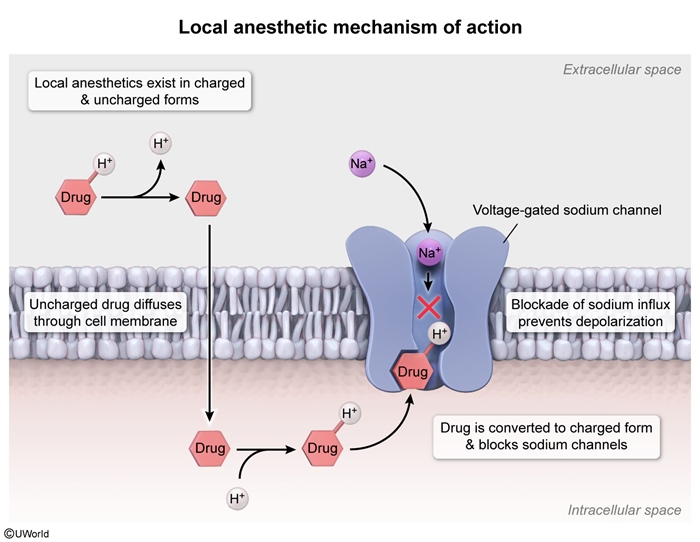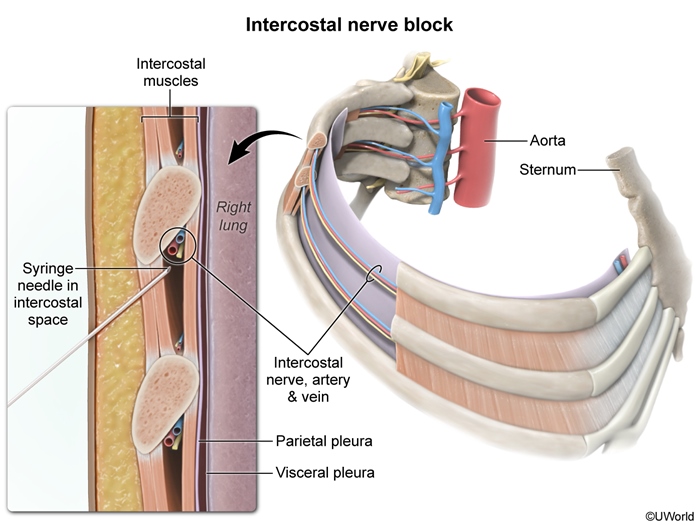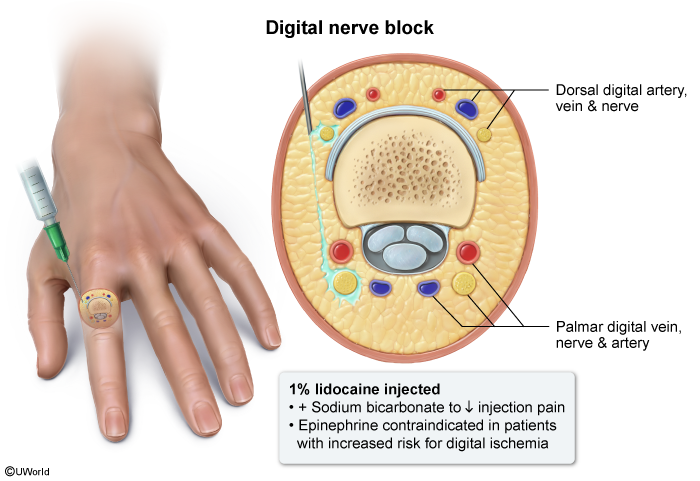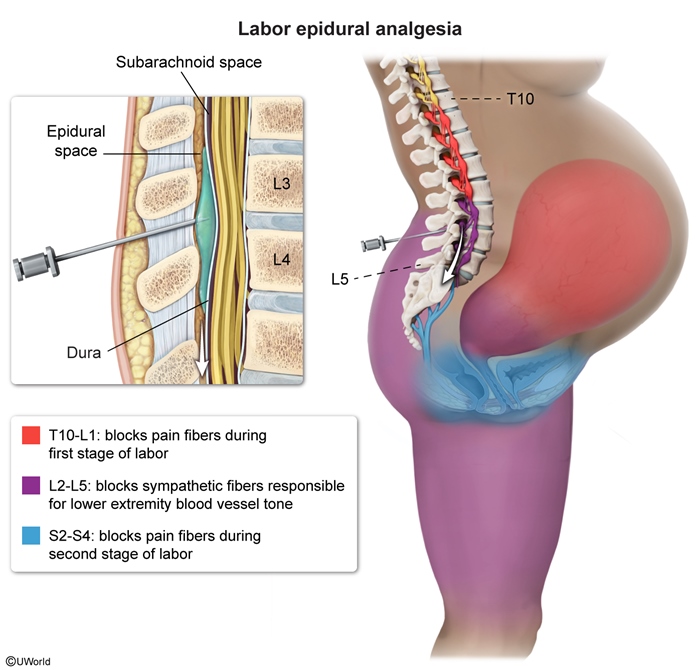Local Anesthetic Agents
Article Sections
Introduction
Local anesthetics temporarily block pain perception in a targeted area without impairing consciousness. They work by inhibiting voltage-gated sodium channels in nerve cell membranes, thereby halting the transmission of sensory signals to the brain. Local anesthetics have a wide range of clinical uses, from alleviating pain during minor procedures to providing regional anesthesia. They are classified into 2 categories (amides and esters) based on their chemical structure, metabolism, and clinical characteristics.
Mechanism of action
Nerve impulses are transmitted by the rapid influx of sodium ions through voltage-gated sodium channels in neuronal membranes. Local anesthetics reversibly block these voltage-gated sodium channels, preventing depolarization and halting the propagation of action potentials. This interrupts the transmission of pain signals to the brain. Sensory blockade occurs in a predictable sequence, beginning with the loss of pain perception, then temperature, touch, and pressure.
Continue Learning with UWorld
Get the full Local Anesthetic Agents article plus rich visuals, real-world cases, and in-depth insights from medical experts, all available through the UWorld Medical Library.
Figures



